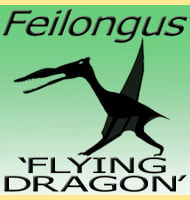Kotasaurus
In Depth In a nutshell Kotasaurus is one of the most primitive sauropod dinosaurs discovered. So primitive is Kotasaurus that the genus still possesses features that are known in sauropodomorph dinosaurs. This led to a lot of initial confusion over whether Kotasaurus was an advanced sauropodomorph, or a primitive sauropod, though today the interpretation of … Read more
